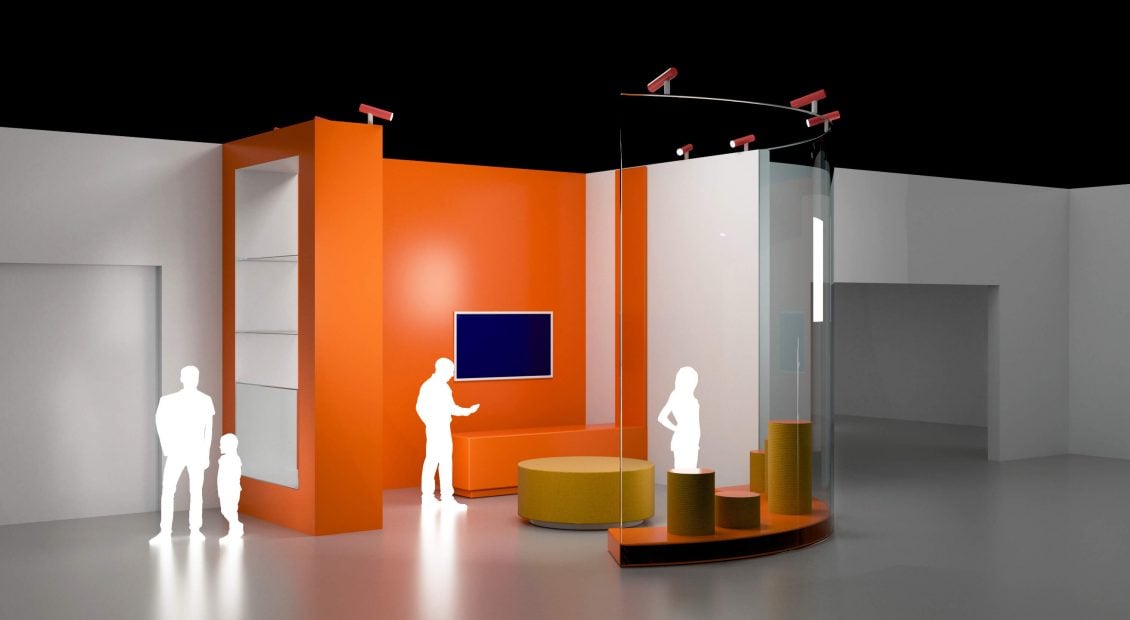
The future of physical retail
Physical retail was under pressure which COVID-19 exacerbated. However, it is not just a matter of decline: telcos are finding new models of hybrid retail that create new solutions that their customers need and embody the Coordination Age.

